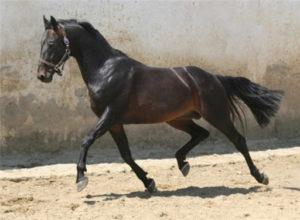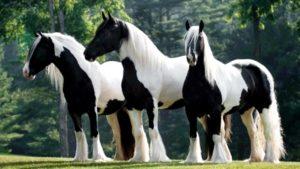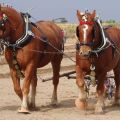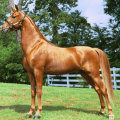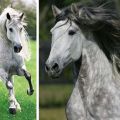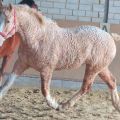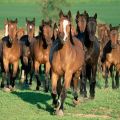The names of the existing colors of horses, which are also the list of colors
Horse hair is not only different in texture and thickness, but also in color. The color of domestic horses depends on several factors. These are the hallmarks of each animal, although sometimes a visually similar coat has a different combination of dyes or pigments. Often, animals of different colors require certain conditions of keeping, care, feeding.
Basic horse suits
In modern horse breeding, only four colors are considered basic.
Black
Black or black as a raven wing is one of the basic colors of horses. You can distinguish:
- classic black color; the mane, tail, hooves are black, no inclusions, except for the limbs and muzzle;
- in tanning - lighter than the classic version, unstable pigment is destroyed by sunlight, a brown tint appears;
- ash-black - looks black, but in bright light it casts brown, chestnut, smoky;
- black piebald - spotted, with a clear predominance of black color, tail and mane can be two-colored;
- silver-black - a silvery tail and the same mane, a lightened body with apples are acceptable.
An example of black breeds is the representatives of the Frisians and Ariejoise. Other colors are not allowed on these horses.
Redhead
The reddish color is distinguished by the largest number of shades or shades. Among the horses of this color, you can see animals of various colors. As a rule, these are horses of sand, yellow, apricot and chestnut colors. The color of the manes and tails differs from the color of the body in a darker or lighter tone.
In red horses, the lower part of the legs, from the hoof to the hock, should match the color of the body. On this basis, they can be easily distinguished from bay animals, which have black limbs.
The red color is typical for many breeds. It is worth noting the red-haired Suffol drafts. Approximately 80% of the well-known Donchak population has golden hair. This color is typical for most horses of the Budyonnovsk breed.
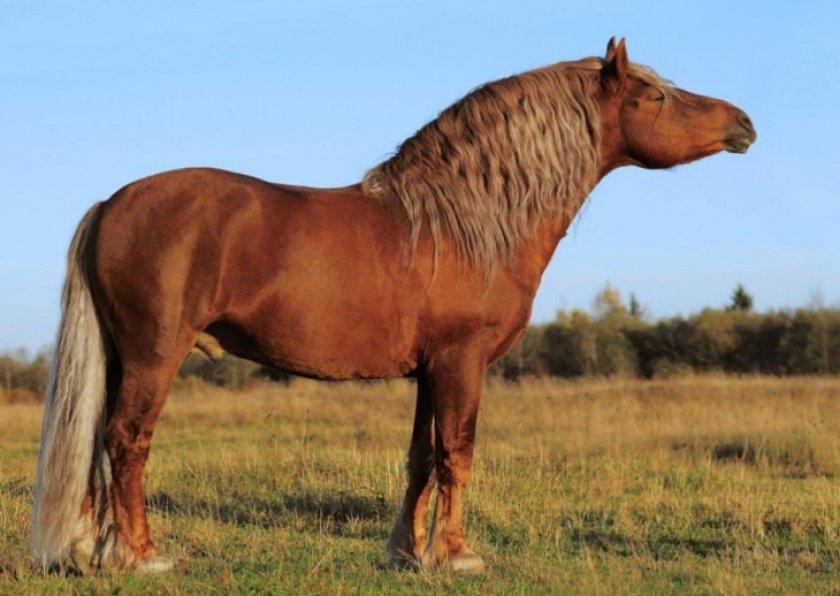
Gray
Several factors are responsible for the gray color in horses. Usually, a combination of white and black hairs gives this shade. For a gray foal to be born, one of its parents must also be of this color. Sometimes offspring of various stripes is born, but carrying the gene for early graying. And the black foal born into the world turns gray after 3-4 years. With age, some individuals turn white, but differ from whites in gray skin color.
In animals of this color, lighter spots of a rounded shape, the so-called "apples", may appear. Their borders repeat the network of subcutaneous blood vessels.In addition to the gray ones in apples, there are horses that are gray in buckwheat. Gray horses are common in many breeds. The Lipizzan horse is widely known. More than half of the livestock of the Orlov trotting breed is also distinguished by a gray color.
Bay
The bay color is considered the most common in the equine world. Animals of different shades of brown with black limbs, mane, tail belong to this particular suit.
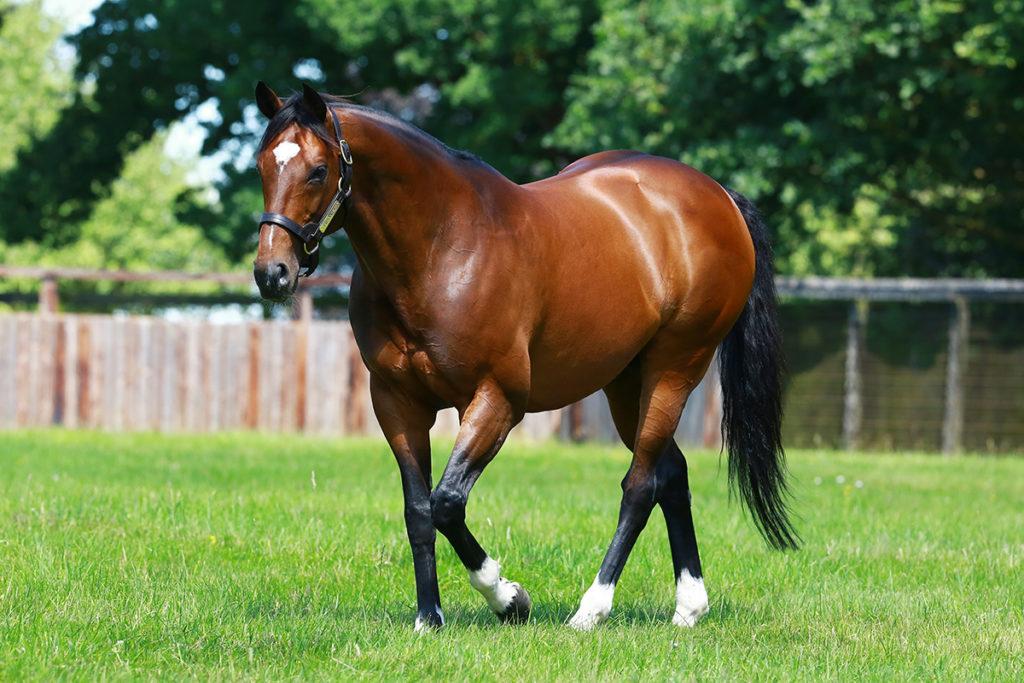
Ancient people associated color with the smell of burning, fire blazing in the steppe, its charred black edges. All this was expressed by the Latin word "nidor". Later the name was transformed into gnidor, bay, bay. You can distinguish:
- light chestnut horses with a lightened muzzle, lower abdomen and an admixture of brown wool in their manes and tails;
- dark bay horses with almost black head, neck, back.
The Cleveland bay horse is known all over the world. Often this color goes to simple mongrel animals, which receive the uncomplicated nickname Gnedko.
What other suits are there
In addition to the four main colors, horses have other color options. Their appearance depends on a certain combination of genes. It is customary to call them sweepstakes and (or) swipes.
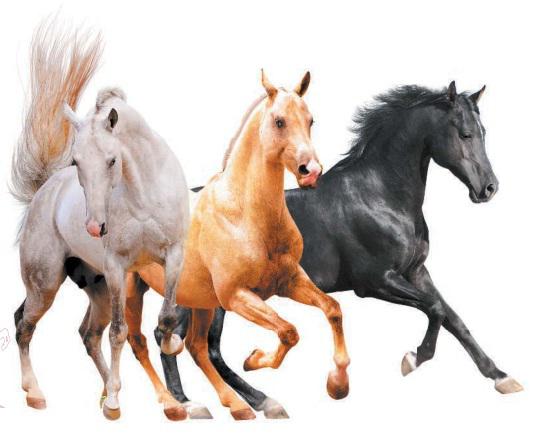
Savrasaya
Horses of a faded red or sandy color, with a dark belt along the back and a lighter belly, black legs, mane, tail, belong to savras animals. It is believed that the gray-haired horses were the ancestors of the bay horses and represent a light chestnut coat with a variety of yellow hues. In Russian literature, the nickname of the village workhorse Savraska has also been fixed.
Nightingale
Salted horses differ from other tailings in yellow or golden body color and lighter mane and tail. In light-salted individuals, the eyes can be brown, amber and very rarely blue. In Europe, horses of this color are called palamino.
Karakova
One of the darkest shades of a bay color. The mane, tail, upper body are black. Under the armpits of the animal, in the groin, there are red hair, and there are tan marks near the eyes. Their boundaries should be clearly visible. It is by them that karak animals can be distinguished from black and bay ones.
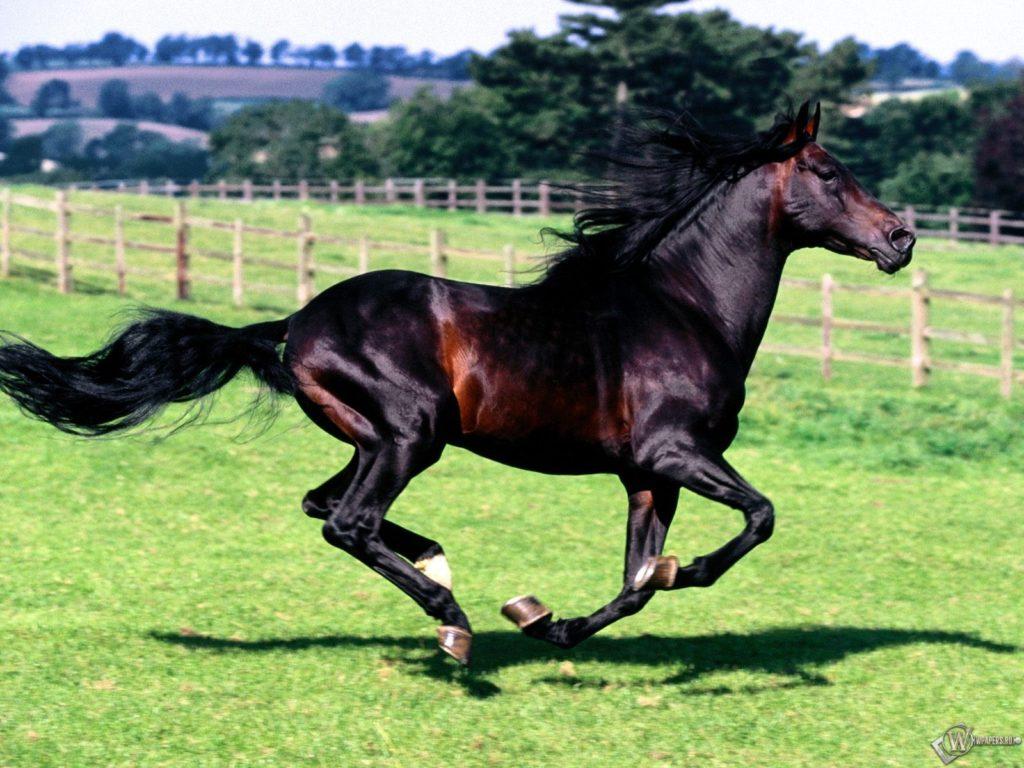
Isabella
If you look at an isabella horse, it may seem that the color of the animal resembles baked milk with a pinkish tint, since the color of the skin is pink. The eyes with this color are blue.
The genetics of the appearance of such a color is associated with the bulan and salty coatings, it is found in all breeds where there are horses of these colors. The name is associated with the name of the Queen of Spain, Isabella, who ruled in the second half of the 15th century. She, according to her vow, wore an undershirt for three years. The color of this piece of royal clothing gave the name to the suit.
This is also due to the fact that it was during her reign that horses of yellow shades became fashionable. Newborn foals have white fur, pink skin, and blue eyes. Isabella Akhal-Teke horses are unusually beautiful.
Piebald
Horses with free-form spots are piebald. Perhaps the color is associated with a violation of the pigmentation of the skin. In America, this option is called a pinto. It is believed that the spotted, "bovine" color is more common among ordinary non-pedigree horses or aboriginal breeds.

Playful
The body is brown or red in color, it is distinguished by a white tail and the same white mane, a small amount of red hair is permissible. Refers to variations of the red color. It is very common in heavy breeds, for example, the Soviet heavy truck and noriker.
Bulanaya
Horses of this color can have a coat of light golden to dirty yellow-brown. But the color of the limbs, as well as the tail and mane, must necessarily be not just dark, but black. There are dark brown individuals in apples.
Kauraya
Very often in Russian fairy tales, the prophetic kaurka is remembered. It is a red horse with a red belt and darker than the whole body, brownish mane and tail. Very often this color is called reddish-savras. There may be marks inherited from wild ancestors, for example, zebra-like.
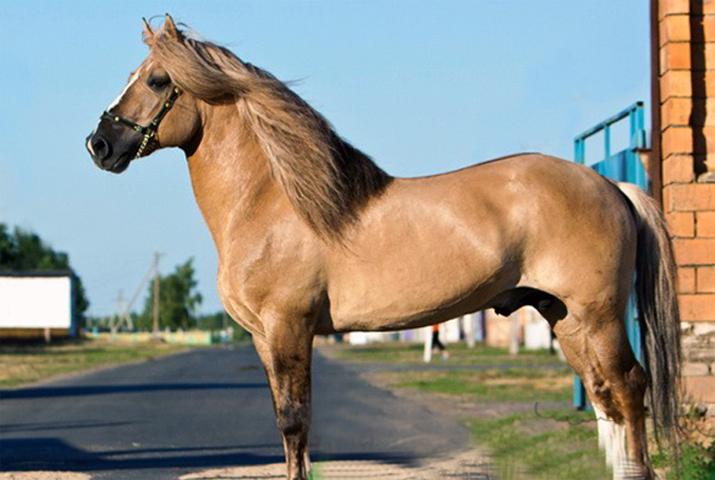
White
White horses are distinguished by this color of wool from the moment they were born, that is, from the very birth. The skin is pink, it is by it that you can distinguish them from light gray, in which the skin is gray. Not albinos, which are characterized by red eyes and non-viable birth.
Others
In addition to those listed, there are other colors:
- cherry - a beautiful shade of a bay suit;
- podlasie - animals with bleached areas of hair near the eyes, nose, on the inner sides of the legs, stomach;
- chubary - individuals in small spots; can be among animals of all colors. The skin is often pink, with small dark spots. This suit is typical for knabstruppers, they have leopard, marble, black-backed variations.
Horses also have "special signs":
- on the head - stars, blades;
- on the limbs - pants, socks, stockings;
- on the body - belts, scorch marks, sublacings.
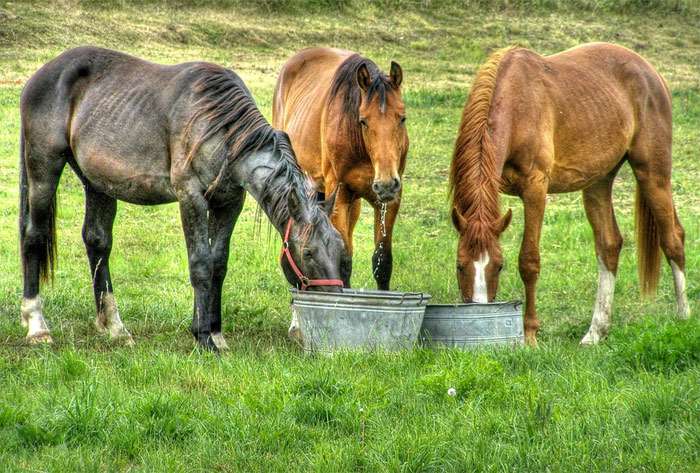
The relationship between color and character
Color names are not directly related to the nature of the animals. For centuries, red horses have been considered hardy, loyal and docile. Blacks had a difficult character, and light grays or whites were considered too effete.
For many years, red animals were attributed to the temperament of sanguine people, blacks were considered melancholic, and whites were phlegmatic. There is also an opposite opinion, according to which black horses are classified as phlegmatic, and black horses as choleric.
Turkmen and Arab horse lovers highlight the excellent character of bay animals, they consider the black ones too vicious, and the gray ones too meek.
Novice athletes or horse breeders should not be prejudiced against animals of one color or another. Experts say that a good horse has no color or an expensive horse has a decent color, and the fashion for animals of one color or another quickly passes.
There is no reliable confirmation of the dependence of character on the color of the horse. However, modern scientists have found that dark-colored horses are hardy, less likely to get sick. Their character is even, the psyche is stable. This is how they differ from horses of light color. The lack of pigmentation even in a small area makes animals vulnerable to various diseases. For example, gray horses are more likely to develop melanosarcoma. Animals devoid of pigmentation or albinos die in the womb of the mare.
